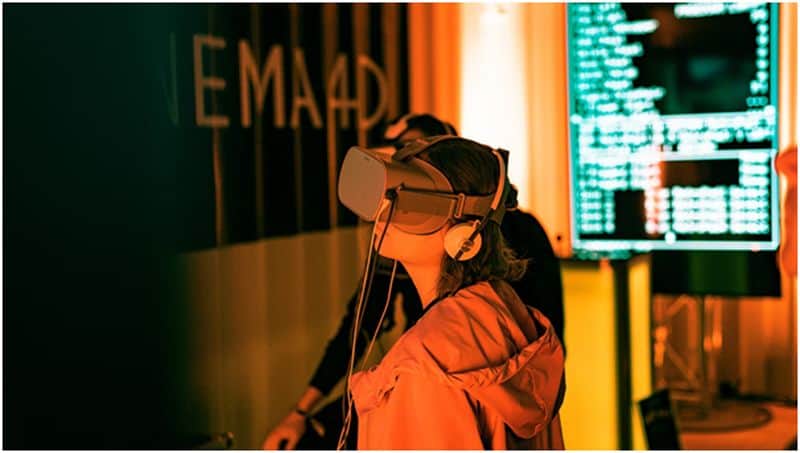VR is one of the world’s most exciting technologies, promising to unlock new levels of opportunities. In the last few years, numerous organizations have begun to invest in VR for various purposes. Virtual reality can positively impact many industries, but it seems that healthcare is already demonstrating the tech’s potential. VR can transform how doctors are trained and how patients are treated.
Nowadays, virtual reality is used to supplement medical education without using cadavers or live patients. VR can help with patient education, robotic surgeries, and even psychological therapy. It’s also becoming more valuable as a tool for physical therapy and pain relief, helping with rehabilitation and recovery. Healthcare workers have been quick to recognize the benefits of VR technologies.
1. Virtual Reality for Pain Relief
Chronic pain is a severe health problem that affects many people, but it doesn’t have to be a permanent condition. Pain relief with virtual reality could be a viable non-drug approach for assisting patients in managing chronic pain. VR applications have been demonstrated to be an effective new pain-reduction tool when combined with other therapeutic treatments.
With VR, patients can receive customized chronic pain treatment from the comfort of their home. The treatment would include regular exercise, techniques, and VR therapy using cutting-edge technology. Virtual reality therapy makes treatment programs feel more like games than therapy. As a result, patients actually look forward to treatment rather than dread it.
2. VR for Neurology
Virtual reality is quickly gaining traction as an excellent rehabilitation tool that provides patients with a more delightful experience. VR has a lot of potential, from facilitating motor learning for gait rehabilitation to assisting patients in recovering after brain damage. There are currently active studies employing this technology to delay the onset of Alzheimer’s, reduce memory loss, and manage people with Asperger’s syndrome as well as those on the autism spectrum.
Virtual reality will be a viable and successful tool in treating neurological illnesses.
Patients will be able to have much more fun and engaging therapy experience thanks to virtual reality. The interactive games will help them rebuild their neurological pathways while also giving them the exercise they need. Driving assessment after a brain injury, where the patient is attempting to regain their ability to drive, is an example of how VR can assist the patient with their sensory, cognitive, and motor issues.
3. VR’s Impact on Mental Health

Rising healthcare needs are putting pressure on professionals. But unfortunately, not everyone has access to an expert who can help them deal with issues such as anxiety or depression. So, it’s helpful that now patients can guide themselves through established techniques to manage their conditions using VR headsets.
People wear a VR headset to experience a simulation to soothe their minds. Some VR techniques alleviate anxiety by transporting the patient to a preferred setting. Stress levels have been demonstrated to decrease when the person is engaged in interactive natural sceneries in which they can sit, walk, or even meditate. Users can quickly develop meditative abilities without practicing mindfulness for years.
4. VR for Education and Training
VR has already made significant progress in healthcare education. For example, the technology can be utilized for emergency training and teaching surgical procedures. VR training simulates actual work circumstances and allows doctors to learn in a risk-free environment. In addition, the live streaming of groundbreaking surgeries and the potential for patient monitoring and care represents massive progress in healthcare.
With VR, learning experiences can be repeated, and specific activities practiced several times to perfect abilities to the greatest levels. VR training can be applied beyond surgery to help healthcare professionals develop both soft and technical skills. A virtual tour of the human body can help patients better comprehend their symptoms and treatment options.
Wrapping up
In recent years, the advancement of VR technologies has resulted in more affordable and accessible solutions that can give promising outcomes. The use of virtual reality technology in healthcare improves accessibility by requiring only VR goggles and the relevant VR application for therapy. Because of the ease of access, care delivery could shift from a medical facility to the safety and security of people’s homes.
Immersive VR technologies are already making a difference in patient care, such as addressing pain management and mental health and teaching healthcare personnel to perform at the greatest level. VR is already improving the patients’ quality of life, and it’ll continue to do that in the future.
Article Submitted By Community Writer




